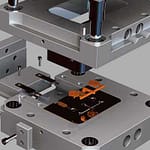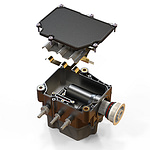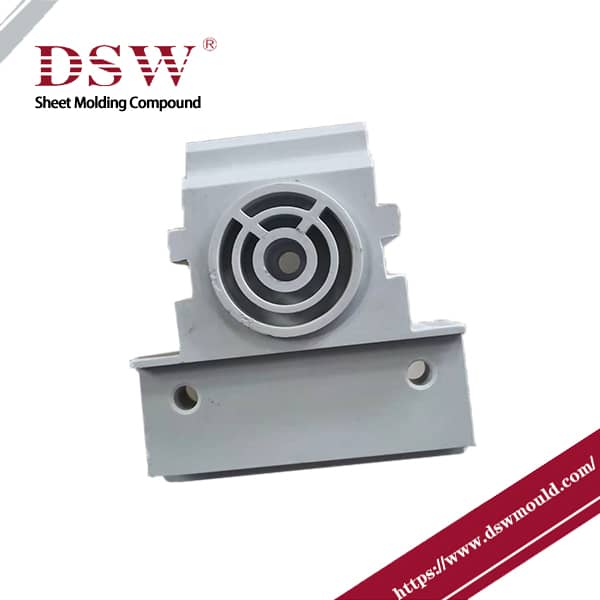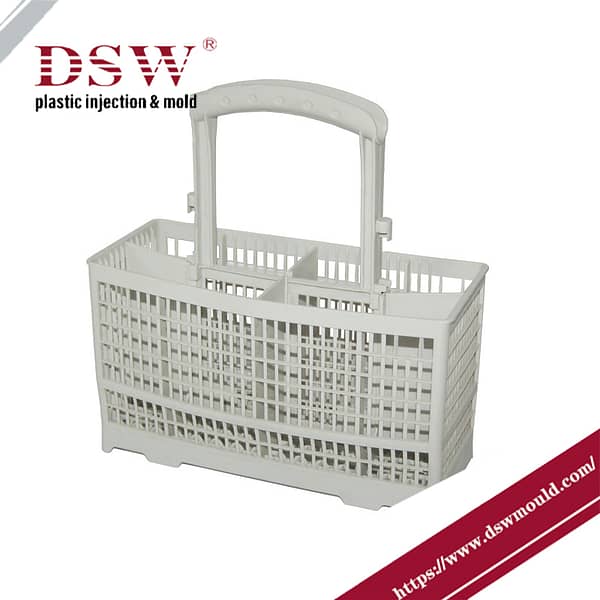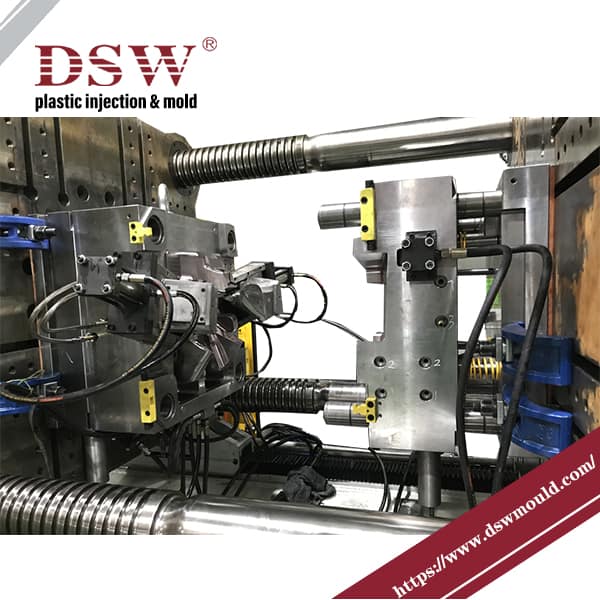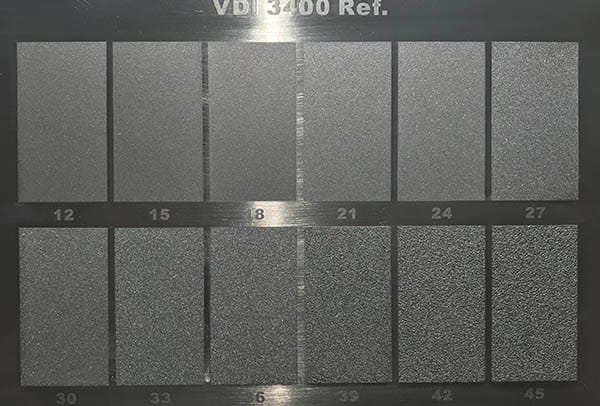A Guideline for Plastic Injection Molding
Here is a general guideline for plastic injection molding, and specific considerations may vary depending on the complexity of the part, the chosen material, and the specific requirements of the application.
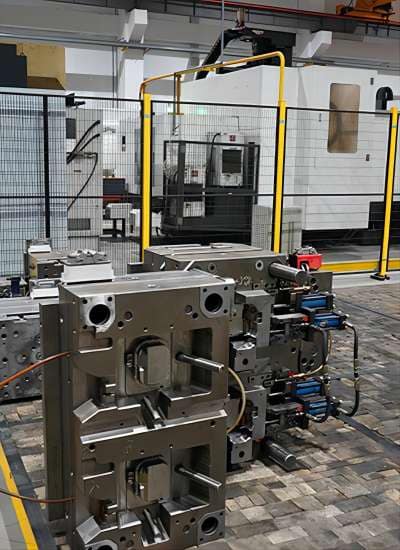
What is plastic injection molding?
Plastic injection moulding (U.S. spelling: injection molding) is a manufacturing process for producing parts by injecting molten material into a mould, or mold.
Injection moulding can be performed with a host of materials, mainly including rubber, glasses, elastomers, confections, and most commonly, thermoplastic and thermosetting polymers. Material for the part is fed into a heated barrel, mixed (using a helical screw), and injected into a mould cavity, where it cools and hardens to the configuration of the cavity.
What is plastic injection moulding?
Injection molding of plastics is a manufacturing process to mass produce identical plastic parts.
It involves forcing molten plastic or rubber material, most commonly thermoplastic and thermosetting polymers, into a mold or mould cavity, where it cools and hardens to the configuration of the cavity.
The process requires drying and mixing the polymer granules with additives, heating and moving them toward the mold with a screw and ejecting the finished part from the mold.
What is the injection moulding process?
In layman’s terms, injection molding boils down to four simple steps:
1. Melt material
2. Inject the molten material into a mold
3. Let the molten material cool to a solid state
4. Remove the hardened material from the mold
But we can’t talk about the injection molding process without discussing the injection molding machine. A plastic injection molding machine consists of four main parts:
• Injection Unit
• Clamping Unit
• Control
• Base
Other machine components include the hopper, the barrel, the nozzle, the ejector pins, the split mold, and the hydraulic unit.
The base holds all the other parts and the electronics needed to run the machine. The barrel is a long, cylindrical heated barrel which a large injection screw sits in.
The mold is the heart of the whole process. The clamping and ejecting unit is also an essential part of the machine.
How does a plastic injection moulding machine work?
Injection molding machine is a device that uses the thrust of the screw or plunger to inject the plasticized plastic in the molten state into the closed mold cavity.
The injection moulding process works as follows:
The polymer granules are dried, mixed with additives, and fed into the barrel.
The granules are heated, mixed and moved toward the mold by a variable-pitch screw.
The screw injects the molten plastic into the mold cavity under high pressure and speed.
The mold is cooled, and the product is ejected.
The process may begin again after the plastic injecting molding machine ejects solidified plastic parts.
What plastic is used for injection molding?
Thermoplastics are the most commonly used materials in injection molding. They are a type of polymer that can be melted and solidified multiple times without undergoing significant chemical changes or degradation. This characteristic makes thermoplastics highly suitable for the injection moulding process, as they can be melted, injected into a mould, cooled, and repeatedly solidified to produce consistent and high-quality plastic parts.
You’ll often see thermoplastics in plastic pellet form for injection molding purposes. You can mix plastic pellets with colourants, recycled material, glitter, or other speciality additives.
The most common types of thermoplastics are:
○ Acrylonitrile Butadiene Styrene (ABS)
• ABS (acrylonitrile butadiene styrene) is a widely used material in plastic injection molding due to its desirable properties. ABS is a thermoplastic polymer that exhibits a combination of rigidity, toughness, impact resistance, and lightweight characteristics, making it an excellent choice for many applications. Did you know that LEGO bricks are made out of ABS?
○ Polycarbonates
• Polycarbonate is a transparent thermoplastic material known for its exceptional impact resistance and high level of plastic deformation without breaking or cracking. It provides optical clarity similar to glass, making it suitable for applications that require visibility or transparency, such as eyewear lenses, safety goggles, windows, and display screens. Polycarbonate is renowned for its exceptional impact resistance, which is significantly higher than that of other thermoplastics and even some metals. It can withstand high levels of impact without fracturing, making it ideal for applications that require protection against impact or vandalism, such as safety shields, protective covers, and bullet-resistant windows.
○ Nylon
• Nylon is a versatile thermoplastic material with unique electrical properties and is used in various applications, from sports equipment to industrial components. It offers a combination of strength, toughness, chemical resistance, and electrical properties, making it suitable for various demanding applications.
○ Polypropylene
• Polypropylene is a flexible material. It also has good chemical resistance and does not leach into food products, making it an ideal choice if you want to manufacture food containers or eating utensils.
○ Polyethylene
• Polyethylene is one of the most versatile plastics for injection molding. Polytheylene’s high ductility, tensile strength, impact resistance, low moisture absorption, and recyclability make it ideal for plastic containers and bags.
Manufacturer
Plastic Mold And Injection Molding Markets We Serve:
Computer/Business Equipment;
Medical;
Industrial;
Packaging – Food/Beverage;
Construction;
Lawn & Garden;
Machinery;
Consumer Appliance;
Electronics/Electrical;
Agricultural;
Household Utility Ware;
Toys bricks.
DSW Plastics was established in 2004 as an injection molding and plastic part manufacturer offering assembly services at competitive prices, which can be found in automotive, alarms, dental equipment, electronics, fire safety equipment, industries, and medicine applications. We utilize German joint ventured machines with 28 to 310 clamping tons with 5-gram to 800-gram shot sizes available for all industry plastic parts.


